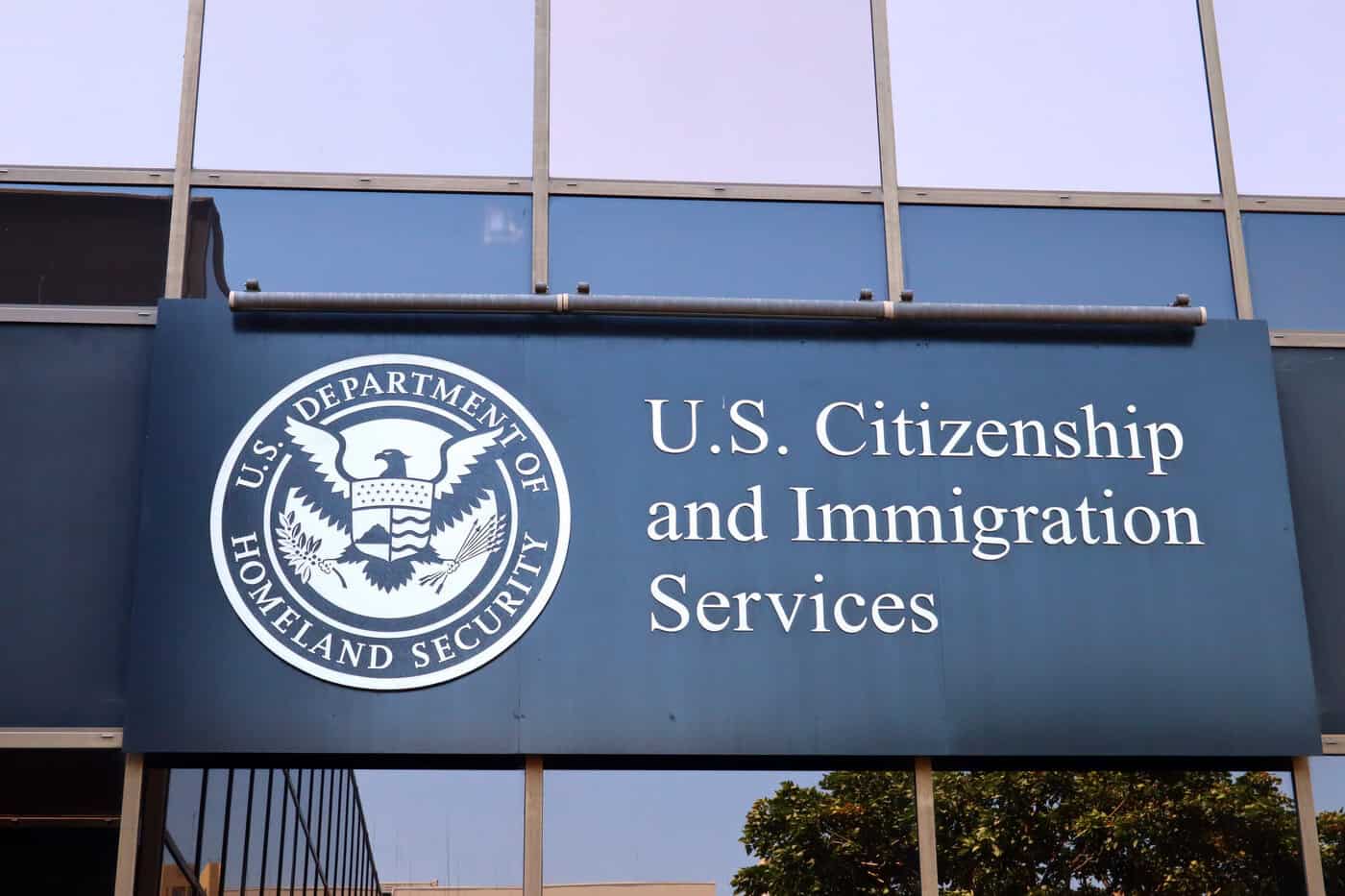
.svg)
U.S. Citizenship and Immigration Services (USCIS) released its data for the second quarter of fiscal year 2025 (January–March), offering the clearest picture yet of how the Trump administration’s early policies are shaping U.S. immigration.
The data reveals a complex picture of rising demand, growing backlogs, longer processing times, and shifting approval rates across both employment- and family-based immigration categories. Below, we break down the biggest trends from Q2 FY2025 and what they mean for immigrants and employers.
Case Completions Drop, Backlog Reaches All-Time High
USCIS completed just 2.7 million cases in Q2 FY2025, a sharp 18% decline from the 3.3 million cases completed during the same period last year, and 12% fewer than in the previous quarter. As a result, the agency’s pending caseload surged by 1.6 million, reaching a record 11.3 million pending cases — the highest level in at least a decade. For the first time since 2024, the agency also reported a “frontlog” of over 34,000 unopened cases, signaling growing strain on USCIS’s ability to open and begin processing new cases.
{{cta-component-center-aligned}}
Processing Times Climb for Key Forms
Processing times increased across many form types, with some categories seeing dramatic spikes:
- I-129 (Nonimmigrant Worker): Median processing time jumped 25% since Q1 and is up more than 80% year-over-year (YoY), despite a decrease in net backlogs by nearly 75%. This suggests USCIS may have shifted resources away from I-129 cases or added extra review steps that are slowing down processing.
- I-90 (Green Card Replacement): Median processing time soared by 938% over Q1, from about 0.8 months to over 8 months by the end of Q2. This sharp increase brings processing times to one of the highest levels seen in recent years — well above historical averages of 3–4 months, and a sign that delays remain elevated rather than returning to normal.
- I-765 (Work Authorization): The number of pending initial I-765s rose 87% compared to Q1, with total pending I-765s (including renewals and replacements) up 79% to over 2 million. The net backlog of I-765s — cases pending beyond acceptable timeframes — grew by nearly 181% in a single quarter.
EB-1A Petitions: Growth Slows, Backlog Swells
The EB-1A category (for individuals of extraordinary ability) continues to see elevated interest, but the pace of growth slowed in Q2. Applications were down 1.5% from Q1, though still up 34% YoY. The backlog of pending EB-1A cases grew to 16,000 — the highest ever recorded, both in absolute numbers and as a share of cases received or approved. Approval rates dipped to 72.7%, down two percentage points from the prior quarter but still in line with longer-term averages.
Decisions per quarter are not keeping pace with the surge in applications, suggesting possible increases in Requests for Evidence (RFEs) or longer adjudication times, even as most EB-1A applicants now use premium processing.
Nigeria has emerged as a fast-growing source country, with petitions more than doubling YoY and now ranking third behind India and China. India is on track for a 32% increase in approvals this fiscal year, while approvals for China are projected to fall by 36%.
{{cta-component-center-aligned}}
Family-Based Petitions and Naturalization Filings: Mixed Trends
- I-129F (K-1 Fiancé Visa): Applications rose 5.7% quarter-over-quarter and are up 12% compared to a year ago. Approval rates rebounded to 67.9% after a dip, but remain volatile.
- I-751 (Removal of Conditions): Filings jumped 51.8% over the prior quarter and 49% YoY, reflecting both backlog clearance and a wave of new eligibility among recent marriage-based green card holders.
- I-485 (Family-Based Adjustment Applications): Family-based adjustment of status filings increased 2% from Q1 and 12% YoY. Approval rates edged down to 84.4%.
- N-400 (Naturalization): Applications climbed 10.1% quarter-over-quarter but dropped 6.21% YoY, with approval rates holding steady at 91.1%.
Humanitarian and Work Authorization Backlogs Balloon
Humanitarian categories continue to drive much of USCIS’s workload. The pending backlog for I-765 work authorization applications, especially for initial filings, grew at a record pace. Although the net backlog for Form I-129 petitions decreased by nearly 75% between Q1 and Q2, the overall trend is one of mounting pressure on the agency’s processing capacity.
Looking Forward
The Q2 FY2025 data underscores the challenges facing USCIS as it grapples with historic backlogs, slowing case completions, and rising processing times. While demand for green cards and work authorization remains strong — especially in high-skill and family-based categories — applicants should prepare for longer waits and increased scrutiny in the months ahead. The full impact of recent policy changes and staffing reductions may not be felt until later in the year, making ongoing monitoring important for anyone navigating the U.S. immigration system.
{{newsletter-component}}
.png)
.png)
.png)








.svg)
.avif)